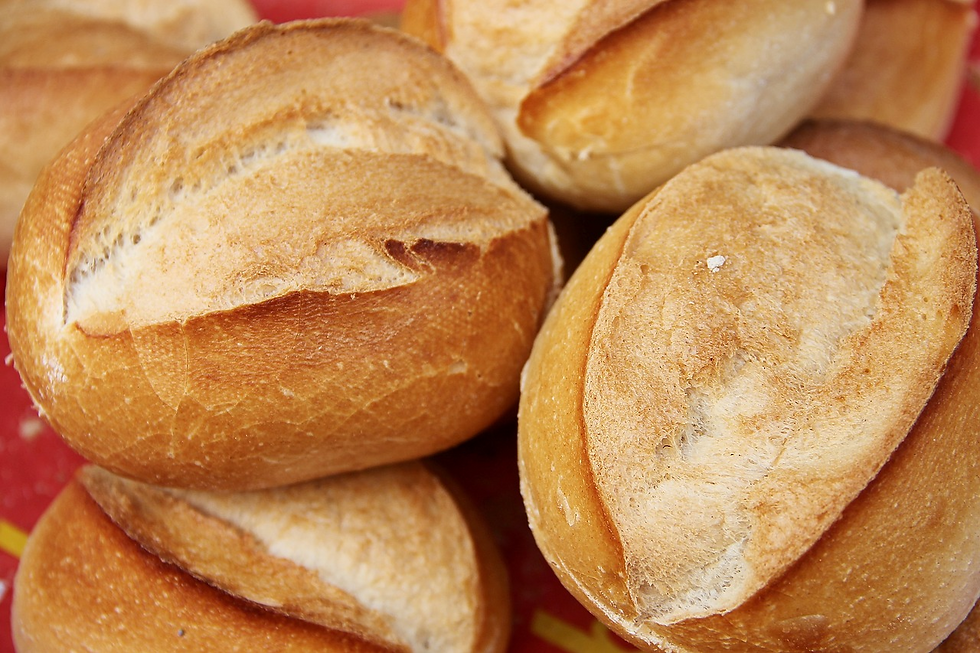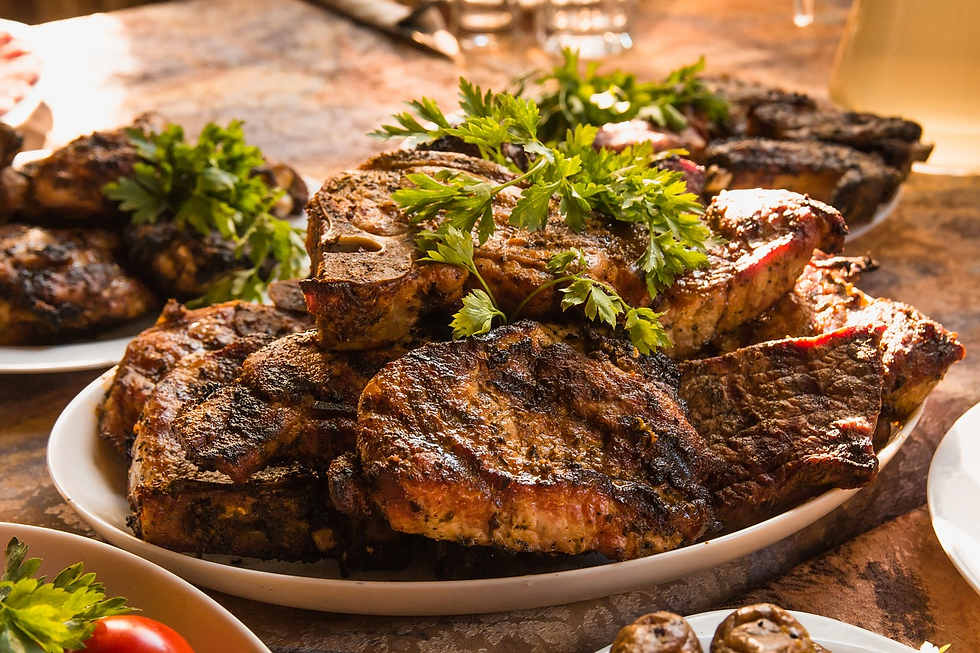Are the Diets of College Students Bad Because They are Uninformed?
- Student Health
- Nov 7, 2021
- 3 min read
Updated: Dec 4, 2021
By Justin Delaney
College can be a stressful time for students, which in turn can affect their diet quality. Is part of the reason for poor diet quality because students are uninformed about their food?

College students eat out often for a variety of reasons like inexperience in cooking and the wide access to cheap, quick food. It is important that students understand how to read a food label so that they can make healthier choices and have a better quality diet.
Why Is This Topic So Important?
Every college student has heard of the Freshman 15. A 2009 meta-analysis found this weight gain to be closer to 4 pounds. Still, this weight gain can be attributed to decreased exercise and a poorer quality diet (Vella-Zarb & Elgar). We wanted to apply this data by examining how being uninformed about food labels, and calorie information can cause weight gain in the college student population.
Other Data
A meta-analysis on nutrition labels and diet quality among college students revealed that students who understood food labels were associated with having a higher quality diet (Christoph & An, 2018). Food labels have a ton of information like calories, fats, carbohydrates, protein, and others. This information can be hard to track, especially if you don't know what it means, but we must know what they mean and how they affect your body.

Calories are the amount of energy in a food product. Fats pack the most punch for energy and are essential for proper cell function. Carbohydrates are the body's most used macronutrient for energy because they are quick and efficient. Protein is used to build muscle, but it's also used for making hormones. The number of calories in an item is formed from the number of carbohydrates, fats, and proteins.

Paying attention to calorie information is the most important to maintaining a healthy diet, which was reinforced in a study examining college students, calorie information, and fast-food restaurants. A study found college students were more likely to order items with fewer calories at a fast-food restaurant if they knew the caloric information of that item (Stran et al., 2016). It is important for students to familiarize themselves with a fast-food restaurant's menu before they eat to make healthier choices.
What Can You Do?
Tracking calories is not essential for reaching your goals, but it can certainly help. One helpful app that many people use is MyFitnessPal. This app is handy because it contains the caloric information for pretty much any food you can think of, including food from restaurants. An excellent way to use this app if you are going out to eat fast food is to first look at the restaurant's menu. Then, use the MyFitnessPal app to see the nutritional information of those items you are considering ordering.
The path to a better diet starts with you. Take a little bit of extra time to look at the label and nutritional information. The benefits for your health can be extraordinary in the long run.
References
Christoph, M. J., & An R. (2018). Effect of nutrition labels on dietary quality among college students: a systematic review and meta-analysis. Nutrition Reviews, 76(3), 187–203. https://doi-org.ezproxy.library.unlv.edu/10.1093/nutrit/nux069
Stran, K. A., Knol, L. L., Turner, L. W., Severt, K.McCallum, D. M. & Lawrence, J. C. (2016). College Students Must Overcome Barriers to Use Calorie Labels in Fast-Food Restaurants. Journal of Nutrition Education and Behavior, 48(2), 122–130. https://doi.org/10.1016/j.jneb.2015.09.009
Vella-Zarb, R. A. & Elgar, F. J. (2009). The 'freshman 5': a meta-analysis of weight gain in the freshman year of college. Journal of American College Health, 58(2), 161–166. https://doi.org/10.1080/07448480903221392




Comments